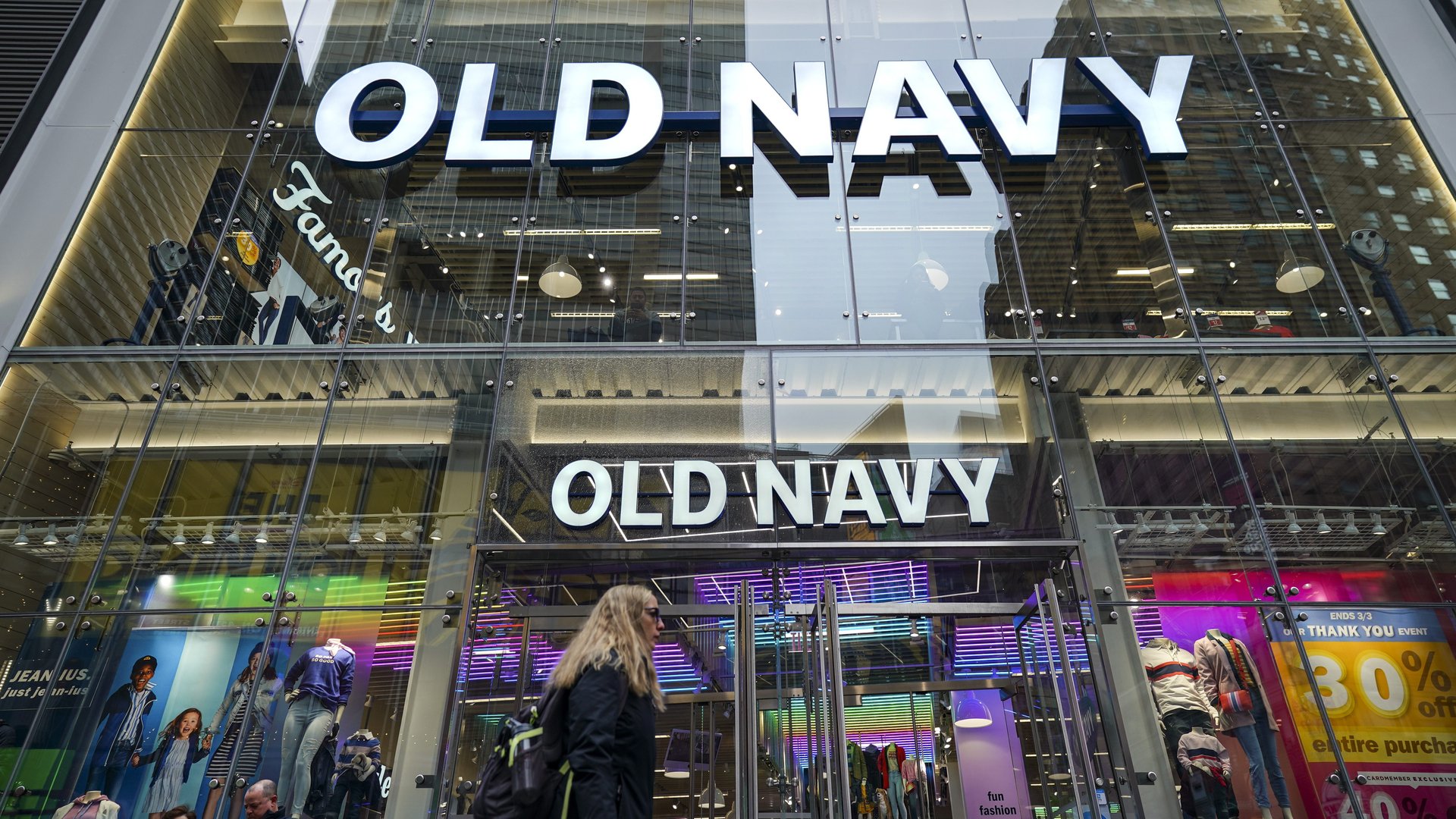As apparel retail tanks, Old Navy announces plans for 800 new stores
2019 has been brutal so far for America’s brick-and-mortar retailers. BDO, a tax and financial advisory firm, counted more than 7,200 announced store closures (pdf) in the first half of the year, a pace previously unseen. The majority of closings are happening in clothing and footwear, mainly due to bankruptcies and companies downsizing their store footprints.


2019 has been brutal so far for America’s brick-and-mortar retailers. BDO, a tax and financial advisory firm, counted more than 7,200 announced store closures (pdf) in the first half of the year, a pace previously unseen. The majority of closings are happening in clothing and footwear, mainly due to bankruptcies and companies downsizing their store footprints.
But if brick-and-mortar fashion retail is collapsing in North America, nobody told Old Navy.
The San Francisco-based clothing chain announced plans yesterday to nearly double its store fleet, increasing the count from around 1,100 (most of which are in the US) to 2,000. The goal is to open them at a pace of approximately 75 new stores a year.
That would make Old Navy one of the most ubiquitous clothing stores in America. In a research note to clients today, investment firm Morgan Stanley said that it couldn’t identify any apparel retailer operating that many stores in the country.
As Old Navy—the star of Gap Inc’s brand portfolio—plans to split off into its own separate company, Old Navy CEO Sonia Syngal outlined the company’s expansion strategy. She said the openings will happen predominantly in “underserved small markets.” Over the past few years, Old Navy has opened about 35 stores in these smaller markets, which typically have fewer than 200,000 people, and learned a tremendous amount, Syngal said.
While a number of other apparel retailers seem ready to keel over and die, Old Navy has thrived (albeit with a few recent missteps) by serving a core audience of value-seeking families. Children’s clothing is often an entry point to the brand, Syngal noted. It gets moms to come in and shop repeatedly as their kids grow. Those moms can also shop for themselves and everyone else in their families while they’re there.
In its note, Morgan Stanley said the brand offers “jaw-dropping prices for fit, style and quality, as shown by products like the $25 rockstar jean.” The brand has focused on increasing its size range too, making it a destination for the many American women who go underserved by the narrow ranges at other labels. (Most of Old Navy’s business in larger extended sizes remains online, but it has been testing more in its stores.)
Though its low prices might seem to put it in the same category as struggling fast-fashion labels like Forever 21, which is rumored to be preparing a bankruptcy filing, Old Navy operates a fundamentally different business. Unlike the mall-based Forever 21, about three-quarters of Old Navy stores are not in malls.
Its success has given the retailer confidence to keep accelerating its store openings, even as other retailers shutter their shops. And it has built an infrastructure that quickly feeds those stores with items local customers want, rather than serving the same assortment to everyone.
Not everyone may agree with the plan to open more than 800 new stores in the coming years. Morgan Stanley, for one, said it was unclear on the rationale and worried about the many execution risks involved.
But Syngal, at least, is optimistic. She believes its “highly profitable” stores and growing e-commerce business will get it to its ambitious goal of $10 billion and more in sales.